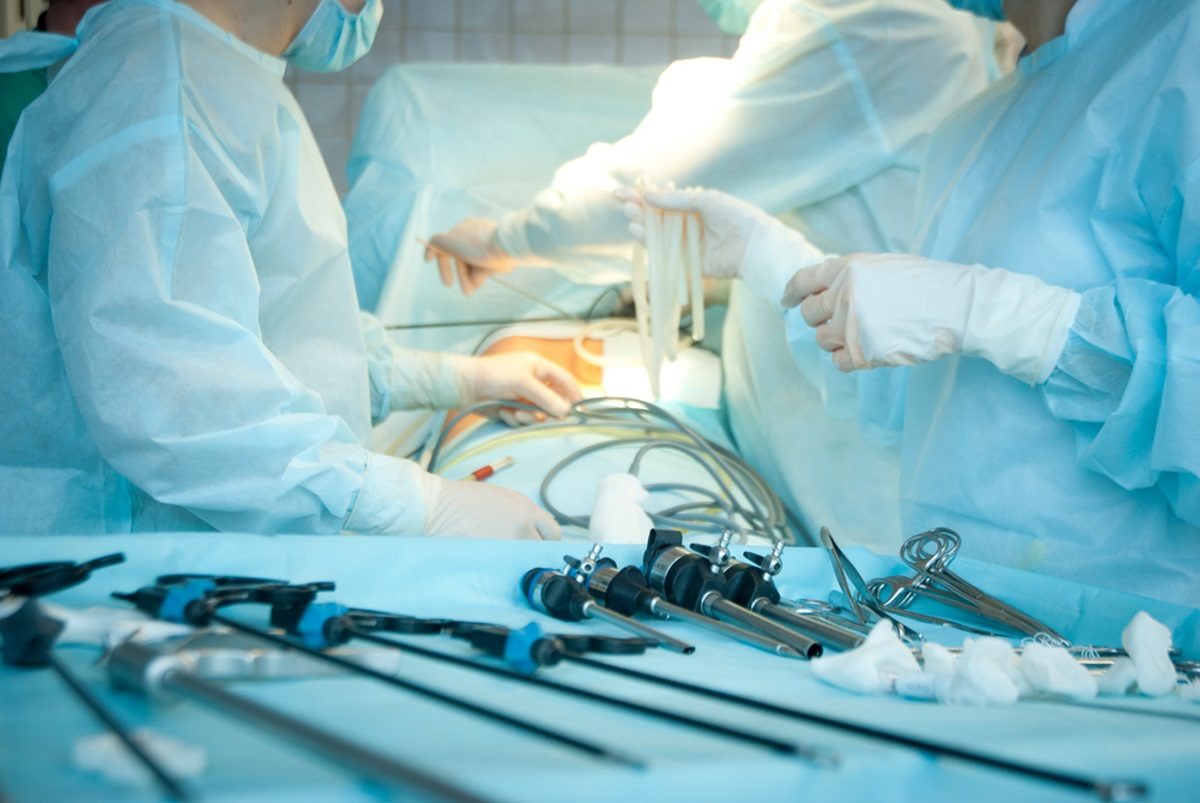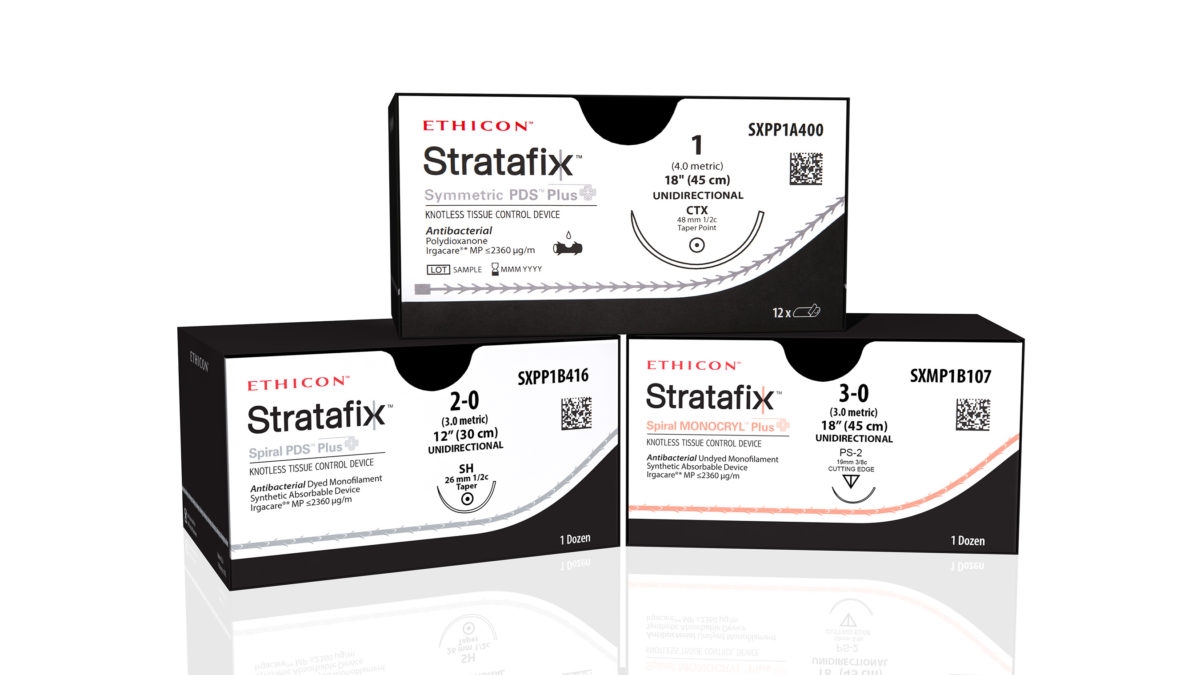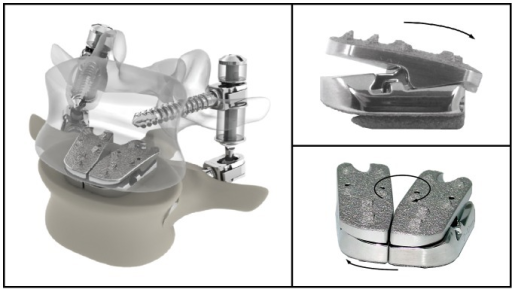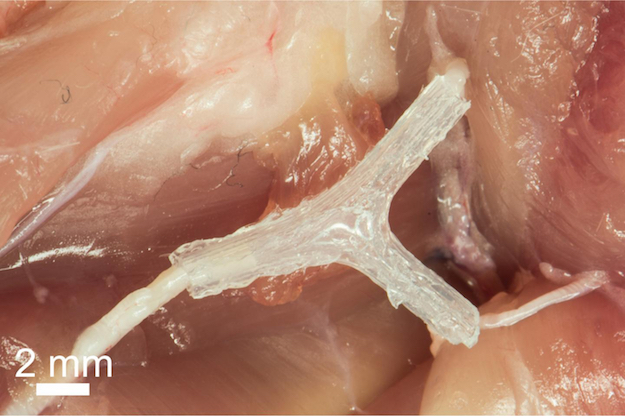Grand View Research – August 2016
The global spinal implants and spinal devices market is expected to reach over USD 19.54 billion by 2024 according to a new report by Grand View Research, Inc.
The key drivers of the market include the rising number of spinal injuries, increasing trend in the adoption of sedentary lifestyles, postural defects stemming from bad posture habits at work and while driving, and a large number of people suffering from obesity. In addition to the above, the introduction of the image-based spinal navigation technology, the evolution of titanium biologics, and the ongoing research on the genetically modified bone morphogenetic proteins are also expected to positively reinforce the market growth.
Moreover, the increase in the geriatric population base prone to spinal disorders due to the lack of proper diet and exercise and declining bone density are also expected to fuel the market expansion over the forecast period.
The rising cost of spinal implants and procedural costs are a major concern across the globe and this factor is identified as a large strain on the emerging and low-income economies. Therefore, the introduction of novel bone growth stimulators and the increasing adoption of Minimally-Invasive Surgeries (MIS) surgeries that are relatively less-expensive are expected to propel the usage of spinal implants and devices over the forecast period.
With favorable government initiatives being advanced and the increasing number of investments being made by various private organizations is providing the thrust to the R&D activities pertaining to new product development and new treatment methods.
For instance, the American Academy of Orthopedic Surgeons and the North American Spine Foundation, both contribute towards the growth of the spinal implants and devices market through R&D funding activities and training programs for physicians globally.
 To request a sample copy or view summary of this report, click the link below:
To request a sample copy or view summary of this report, click the link below:
http://www.grandviewresearch.com/industry-analysis/spinal-implants-spinal-devices-market
Further key findings from the study suggest:
- In 2015, the spinal fusion devices segment accounted for the largest share of over 38% as these are the most commonly used devices for the treatment of various conditions, such as spine stenosis, spondylolisthesis, and scoliosis. However, the spinal biologics segment is expected to emerge as the fastest growing with a CAGR of 7% due to the growing usage of minimally invasive and non-invasive procedures.
- In 2015, North America held the largest share of the spinal implants and devices market accounting for nearly 63%. The presence of advanced healthcare facilities, strong reimbursement support, and a large number of people suffering with spinal disorders are some of the major factors accounting for this region’s dominance.
- Asia Pacific is expected to be the fastest growing market due to the proliferation of the latest medical technologies andthe development of low-cost implants coupled with the growing medical coverage and the increasing per capita disposable income. Moreover, the growing support from the government to expand the healthcare services in the untapped markets is also expected to propel the market growth in this region.
- Some key players operating in the market are Medtronic plc, Depuy Synthes, Inc., Stryker Corporation, NuVasive, Inc., Zimmer Biomet Holdings, Inc., Globus Medical, Inc., Orthofix International Holding N.V., and LDR Holding Corporation.
Grand View Research has segmented the global spinal implants and spinal devices market on the basis of product, technology, type of surgery, and type of procedure:
Global Spinal Implants and Devices Market Product Outlook, by Revenue (USD Billion, 2016 – 2024)
- Spinal Fusion devices
- Spinal biologics
- Vertebral compression fracture treatment devices
- Non-fusion devices
- Spinal bone growth stimulators
Global Spinal Implants And Devices Market Technology Outlook, By Revenue (USD Billion, 2016 – 2024)
- Fusion and fixation technology
- Vertebral compression fracture treatment
- Motion preservation technologies
Global Spinal Implants And Devices Market Type Of Surgery Outlook, By Revenue (USD Billion, 2016 – 2024)
- Open surgery
- Minimally invasive surgery
Global Spinal Implants And Spinal Market Procedure Type Outlook, By Revenue (USD Billion, 2016 – 2024)
- Discectomy
- Laminotomy
- Foraminotomy
- Facetectomy
- Corpectomy
Spinal Implants and Spinal Market Regional Outlook, by Revenue (USD Billion, 2016 – 2024)
- North America
- U.S.
- Canada
- Europe
- UK
- Germany
- Asia Pacific
- Japan
- China
- Latin America
- Brazil
- Mexico
- MEA
- South Africa







